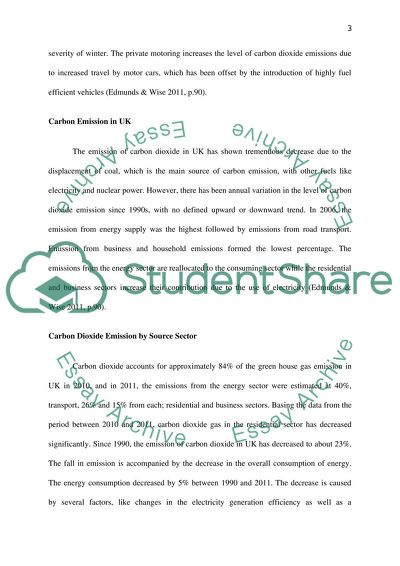Cite this document
(“Critically evaluate the current political and technological drivers Essay”, n.d.)
Critically evaluate the current political and technological drivers Essay. Retrieved from https://studentshare.org/geography/1614054-critically-evaluate-the-current-political-and-technological-drivers-associated-with-mitigating-co2-emissions-in-the-uk
Critically evaluate the current political and technological drivers Essay. Retrieved from https://studentshare.org/geography/1614054-critically-evaluate-the-current-political-and-technological-drivers-associated-with-mitigating-co2-emissions-in-the-uk
(Critically Evaluate the Current Political and Technological Drivers Essay)
Critically Evaluate the Current Political and Technological Drivers Essay. https://studentshare.org/geography/1614054-critically-evaluate-the-current-political-and-technological-drivers-associated-with-mitigating-co2-emissions-in-the-uk.
Critically Evaluate the Current Political and Technological Drivers Essay. https://studentshare.org/geography/1614054-critically-evaluate-the-current-political-and-technological-drivers-associated-with-mitigating-co2-emissions-in-the-uk.
“Critically Evaluate the Current Political and Technological Drivers Essay”, n.d. https://studentshare.org/geography/1614054-critically-evaluate-the-current-political-and-technological-drivers-associated-with-mitigating-co2-emissions-in-the-uk.


